There’s a lot of talk about “balance” in life (a lot of which I think is bullshit- you can read more about that here) and I think a great first step in making a positive change in your life is becoming aware of how balanced- or, eek, unbalanced- you are right now. I’ve come across a great tool for doing this in my years of personal development, courses, workshops, retreats, and coaching. It’s often called the Wheel of Life or something along those lines. Which sounds a little silly or dramatic depending on how you look at it. But I think it’s worth it to do some self-reflection now and then, and this tool is a great place to start.
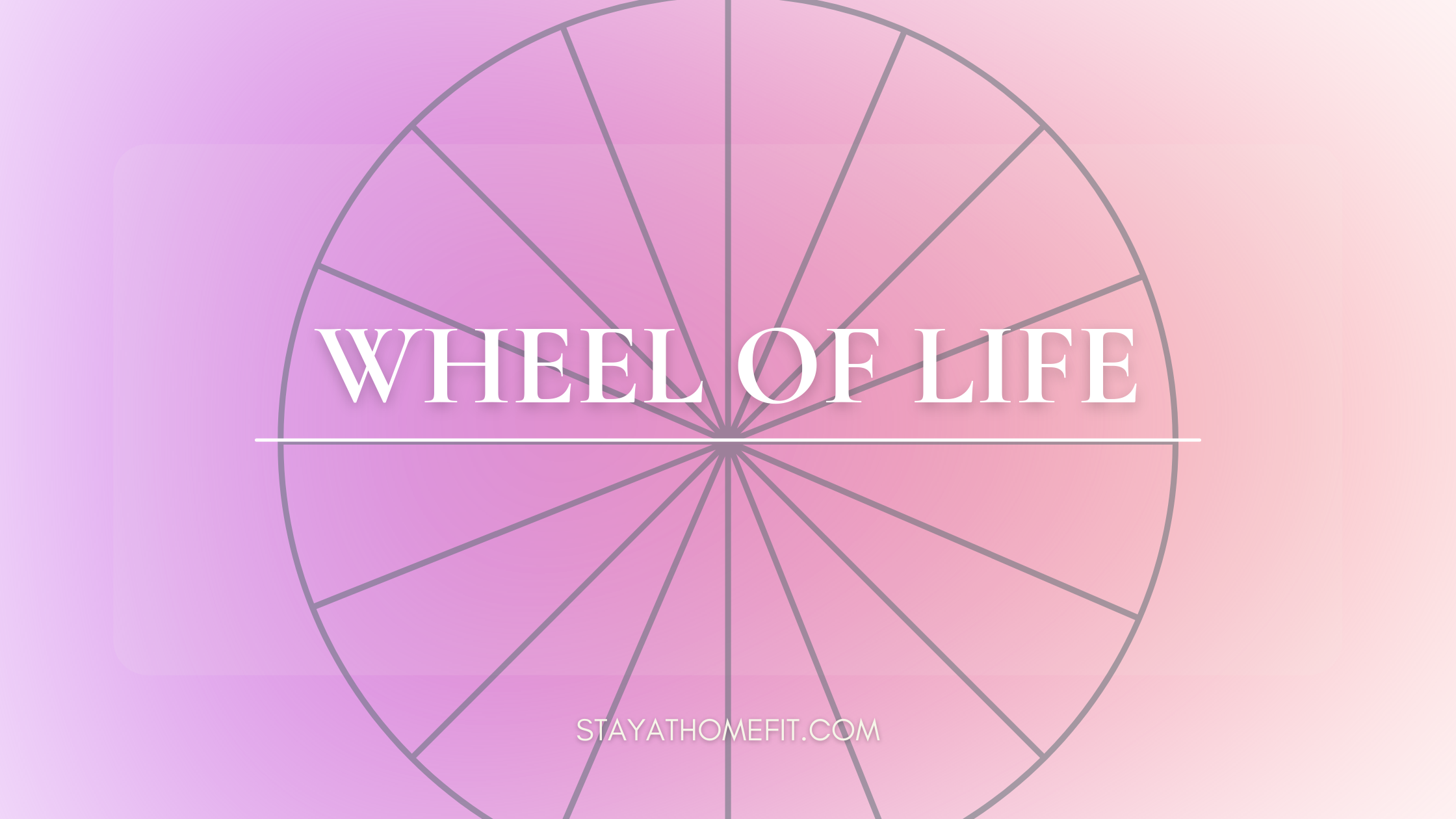
I’ve also recently seen this type of wheel referred to as “dimensions of wellness” and I kind of like that. Whatever you call it, this is one of the most useful tools I’ve used, personally and professionally. It’s a great way to step back and take a look a good look at your life. We’re usually too busy just “doing life” that we don’t really give it enough thought. If we’re not giving our lives enough thought that could be a problem! It could lead to feeling stuck, dissatisfied, living a less-than-healthy or less-than-fulfilling life. Or at least leave us open to regret and missed opportunities later down the line. So I thought I’d share the tool with you today and give you a quick look at how you can use it…
The Wheel of Life
You’ll see different versions of this type of wheel, with 6-12 areas of the wheel. This is one example:
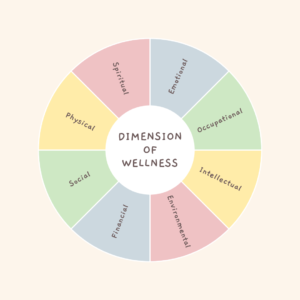
Here are the categories you’ll often see:
Physical Health
Mental Wellbeing
Spirituality
Personal Growth
Family Life
Hobbies/Joy/Restoration
Social LIfe
Environment/Surrounding
Finances
Career or Purpose
These are the areas I chose to use on the “Areas of Life” worksheet I used for a recent goals-setting workshop. But I think it could be useful to break “Family Life” down further, depending on your situation. Your feelings about where you are in your relationship with your children might be very different from where you’re at in your relationship with your partner.
(The categories I used are a mish-mash of ones I’ve seen in other wheels, most recently inspired by Chalene Johnson’s PUSH Journal!)
Other areas I’ve seen on wheels that you might want to add: Romance, Contribution to the World, Education.
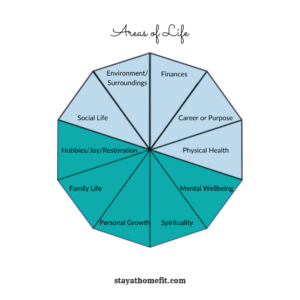
(If you’re really focusing on a specific area, say physical health, for example, you could make a little mini wheel to get clearer on where you need to work, too! More on that another day…)
Using the wheel…
You can print out a wheel or just draw a circle on a piece of paper, divide it up and label each area.
Then you can either:
- shade in each piece of the pie according to how fulfilled that area is, with more fulfillment reaching the outer edge (this gives you a great visual for each area and where the imbalances are).
- plot a point according to your fulfillment and connect the dots when you’re done (another great visual)
- assign each area a number 1-10, with 10 being the highest (completely satisfied, thriving, all good) and 1 being the lowest (poor, dissatisfied, never even consider it)
Once your areas have been rated (no judging here! This isn’t meant to make you feel crappy) you know which areas need a little more love. And which areas you can feel pretty good about.
Make the lowest area a priority…
Choose the lowest one or two areas to focus on for the next month (or longer). Make it a priority.
This doesn’t mean you can’t work on other areas, but your lowest should be your priority.
Make a manageable plan to give that area a boost…
Here are some examples of goals for each area:
- Physical Health- exercise for 30 minutes a day
- Mental Wellbeing- meditate 10 minutes a day
- Spirituality- pray, read spiritual texts, spend time in solitude, commune with nature- daily or weekly
- Personal Growth- read a personal development book for 10 minutes a day
- Family Life- plan a technology-free game night every Friday
- Hobbies/Joy/Restoration- schedule an hour a week to work on a hobby that brings you joy, take a yoga class
- Social Life- plan at least one social activity a week- a walk or lunch with a friend, an hour to just talk on the phone with an old friend
- Environment/Surroundings- declutter an area for 15 minutes, buy a new picture to hang up
- Finances- cut out an expensive habit or find a way to save $xx a week
- Career or Purpose- schedule 30 minutes of your workday to work on a project you love, work on your resume, explore a career option
I also encourage you to “make a deposit” in each area every day, or every week.
Putting the wheel to work…
This is a great tool to use to increase self-awareness. You can use it periodically to see how you’ve grown and changed.
My current wheel looks different than the one I filled out back in 2017- some are more fulfilled than they were, some are around the same, one might be a little lower…
(This lets me know which pesky area I have more resistance to…ugh, resistance.)
Sometimes the lowest area isn’t the one you would choose to work on…but chances are it’s the one you should be working on.
So if your lowest area is mental wellbeing but you really want to lose 20 pounds, try to find a way to lose weight that is good for your mental wellbeing- walking in nature, taking a yoga class.
If your lowest area is finances, but you really want to socialize more, find a way to incorporate the two. Maybe get a side job doing something you enjoy and you can make friends there.
Usually, when you give a specific area of life extra attention, it benefits other areas. Especially when you’re mindful of the other areas and looking to give them a little love regularly, too.
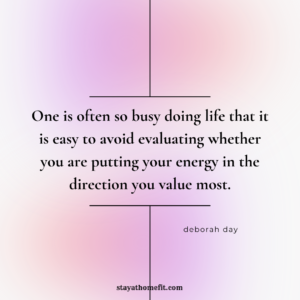
Have you ever used a Wheel of Life before? Will you give this a try?
I’d love to hear how it goes! Need a little help with it? I’m here for you! Email me at mary@stayathomefit.com, comment here, or connect with me on Facebook or Instagram!
Did you like this post? Please share it!
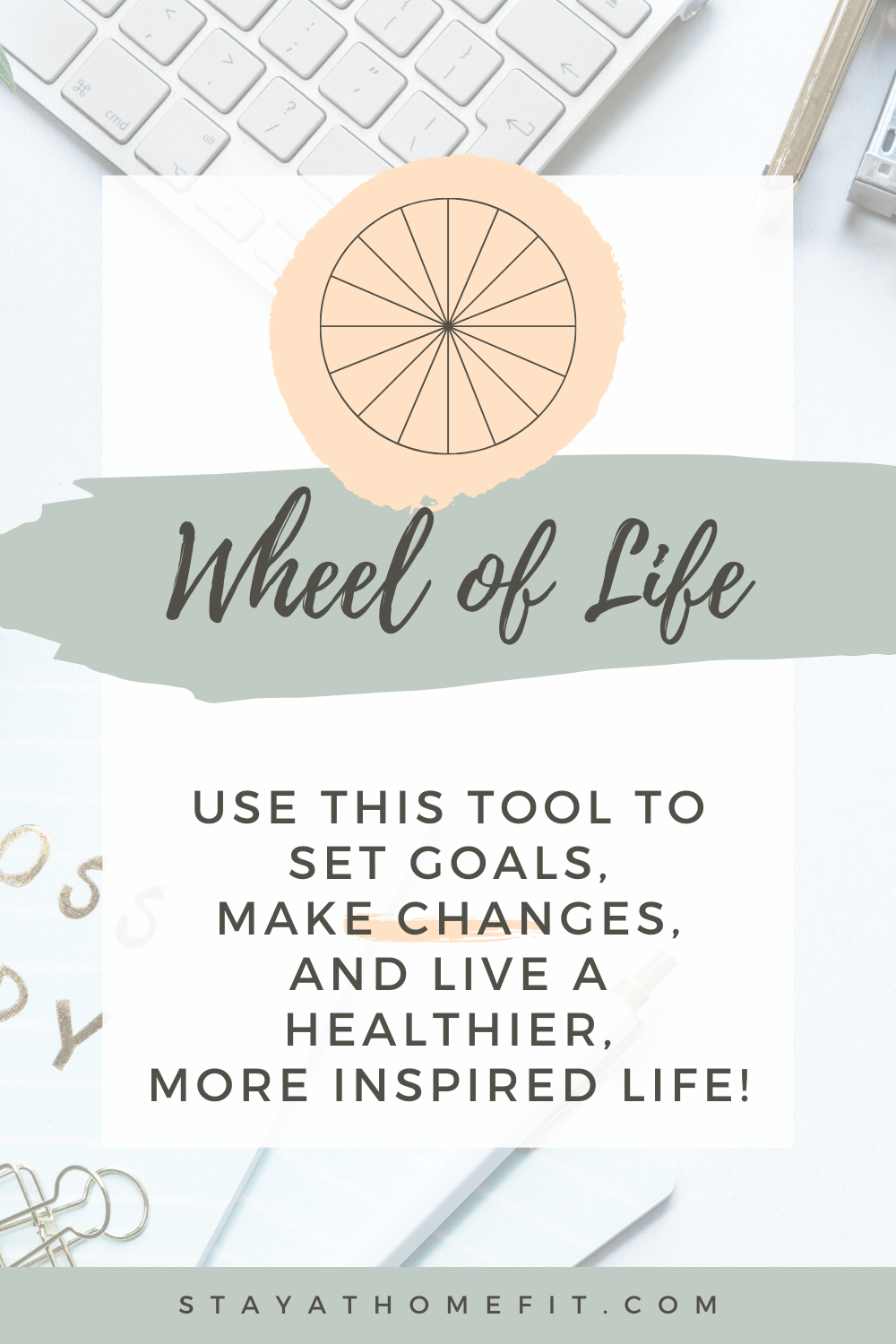
Leave a Reply